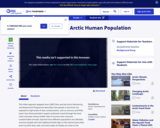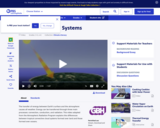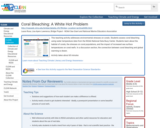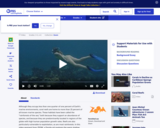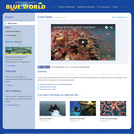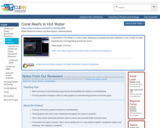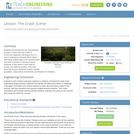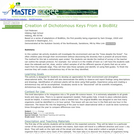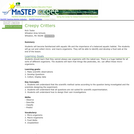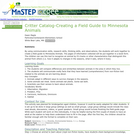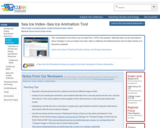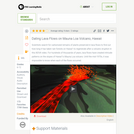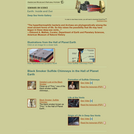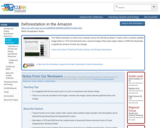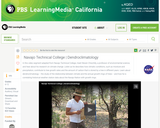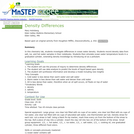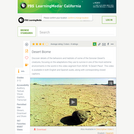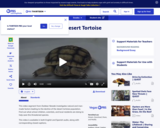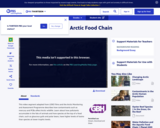
The levels of contaminants found in particular animals vary widely depending on where they fit into the Arctic food chain, as described in this video segment adapted from LOKE Films and the Arctic Monitoring and Assessment Programme.
- Subject:
- Ecology
- Forestry and Agriculture
- Geoscience
- Life Science
- Physical Science
- Material Type:
- Lecture
- Provider:
- PBS LearningMedia
- Provider Set:
- PBS Learning Media: Multimedia Resources for the Classroom and Professional Development
- Author:
- National Science Foundation
- WGBH Educational Foundation
- Date Added:
- 01/17/2008
